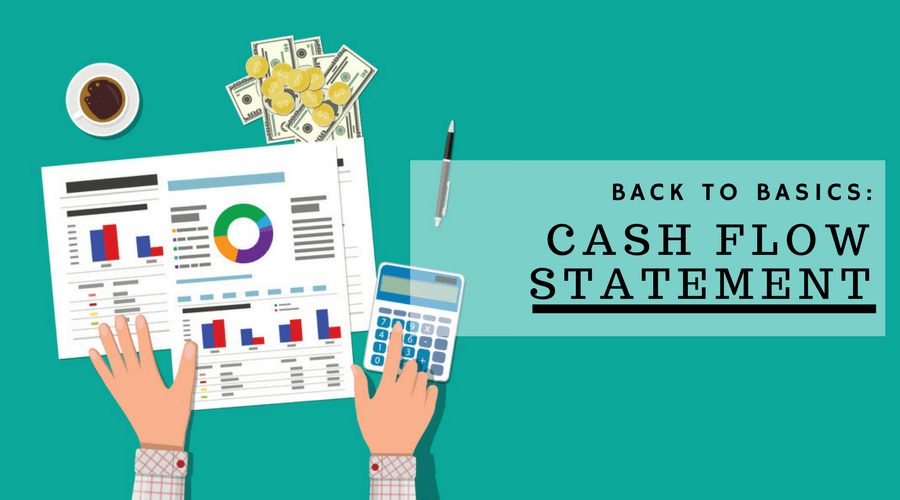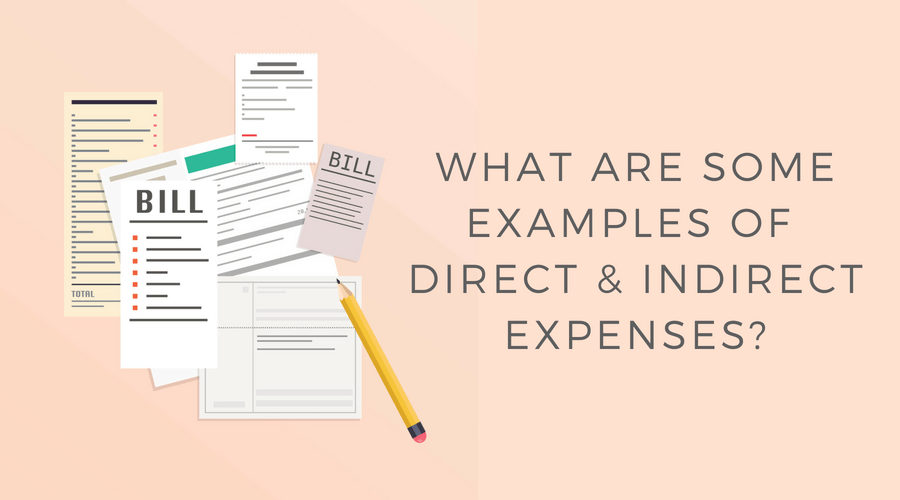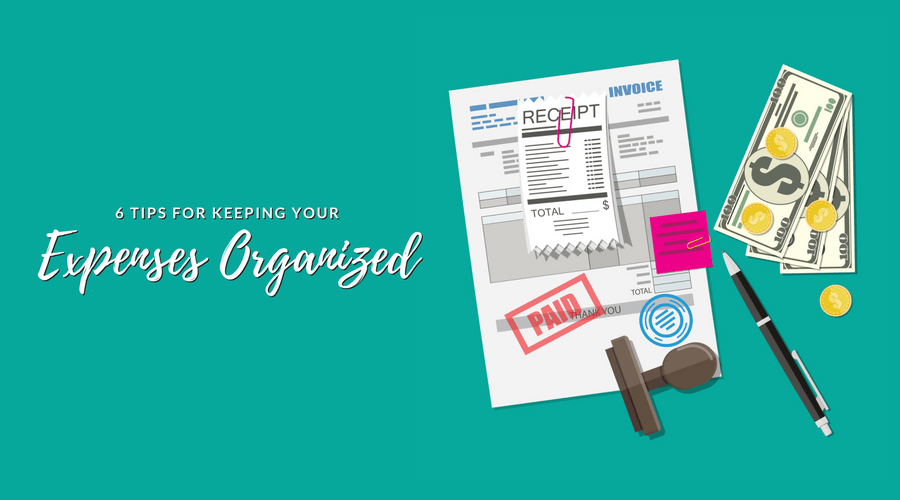Back to Basics: Cash Flow Statement

A cash flow statement shows you how much cash comes in to and goes out of your business over a specified period – usually a quarter or a year. It shows how much money you’ve generated so you can ensure you’re able to pay your company’s operations and growth activities. Generally, if you have a net positive cash flow, you have enough cash available to grow your business.
Having a net negative cash flow shouldn’t automatically make you panic. It may be negative because you’ve recently expanded your business, which will help you in the long-term. To make sure you’re heading in the right direction, analyze your current cash flow statement with previous statements. This will help you get a clear picture of how your company is performing. It will also help you predict future cash flow so you can create a more realistic budget. Learn more about how to set a budget.
You’ll create your cash flow statement by looking at your balance sheet and income statement. From your income statement, you’ll need your net earnings. Your net cash flow from one period to the next should equal the increase or decrease of cash between two consecutive balance sheets covering the same period.
Your cash flow statement will consider your liquidity based on three types of activities: operations, investing, and financing.
Cash flow from operations
Cash flow from operations shows how much money comes from selling your products or services. It will also show how much you spent to make and sell your goods or services. This section will also include things like:
- paying your staff
- paying suppliers
- buying merchandise
- depreciation of an asset
Cash flow from investing
Your investing cash flow shows how much money you’ve spent on capital expenditures, such as buying land, a building, or equipment. It can also show how much you’ve made from selling your assets.
Cash flow from financing
Cash flow from financing reflects your outside financing activities, such as cash raised by selling stock or by taking a bank loan. You’ll also include paying back a bank loan or making dividend payments.



